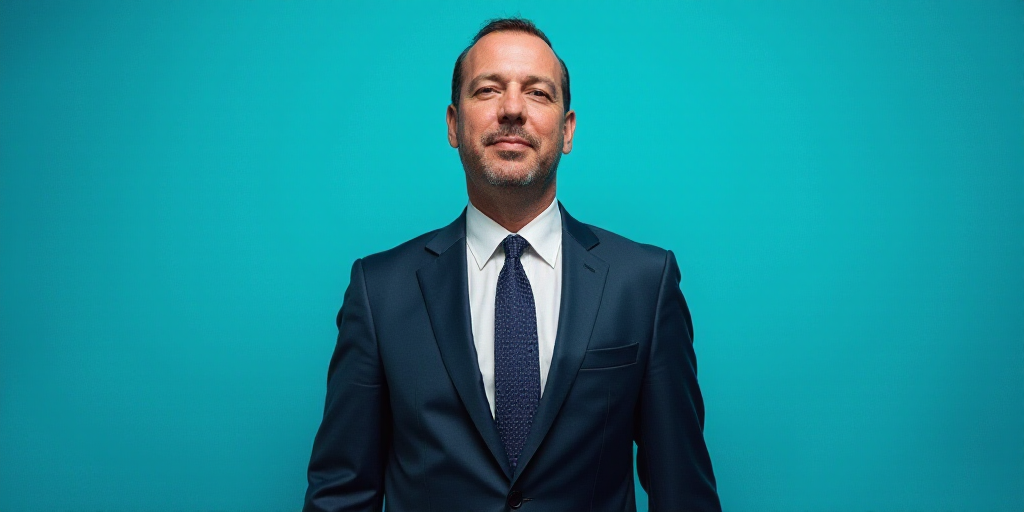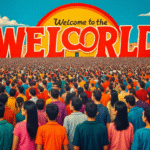Introduction
Since his return to the presidency in January 2025, Donald Trump has revived his punitive approach to combating drug trafficking, with a particular focus on fentanyl. His strategy combines economic sanctions, diplomatic pressure, and proposals for military intervention, marking a radical shift from public health and multilateral cooperation approaches.
Key Measures of Trump’s Anti-Drug Policy
Designation of Cartels as Terrorist Organizations
On January 20, 2025, Trump formally designated cartels such as Sinaloa, Jalisco Nueva Generación, Zetas, and Beltrán Leyva as terrorist organizations.
Imposition of Punitive Tariffs
Tariffs up to 30% on products from Mexico, Canada, and China were announced, contingent on their cooperation in combating fentanyl trafficking.
New Anti-Drug Plan 2025
The White House presented a strategy with six priorities: reducing overdoses, border control, prevention, treatment, innovation, and international pressure.
Threat of Military Intervention
Defense Secretary Pete Hegseth declared that military force against cartels in Mexican territory was not ruled out.
Pressure on Claudia Sheinbaum’s Government
Trump accused Mexico of having links with cartels and providing “safe havens” for drug production. Although Sheinbaum denied the accusations, operations and extraditions intensified.
Impact on Mexico and Public Health Policies
In Mexico, the war narrative has hindered progress in cannabis regulation and harm reduction. President López Obrador, resistant to progress, halted the initiative to legalize cannabis.
Externalization of Costs
Unlike programs such as the Plan Colombia or Merida Initiative, Trump does not offer financial assistance but rather coercive pressure. This weakens local institutional capabilities.
Consequences and Criticism
Trump’s 2025 drug policy in Mexico and Latin America intensifies his coercive approach, with profound implications. By prioritizing economic and military pressure over cooperation and scientific evidence, there’s a risk of repeating historical mistakes of the “war on drugs” without addressing structural causes.
Key Questions and Answers
- What cartels were designated as terrorist organizations by Trump? Sinaloa, Jalisco Nueva Generación, Zetas, and Beltrán Leyva.
- What tariffs were imposed by Trump on Mexico, Canada, and China? Up to 30% on their products, contingent on cooperation in combating fentanyl trafficking.
- What are the six priorities of Trump’s New Anti-Drug Plan 2025? Reducing overdoses, border control, prevention, treatment, innovation, and international pressure.
- Has Trump ruled out military intervention against cartels in Mexico? No, Defense Secretary Pete Hegseth stated that military force was not ruled out.
- How has Trump’s policy affected Mexico’s public health initiatives? The war narrative has hindered progress in cannabis regulation and harm reduction, with President López Obrador halting the legalization initiative.
- What are the criticisms of Trump’s drug policy in Mexico and Latin America? Critics argue that it intensifies a coercive approach, prioritizing economic and military pressure over cooperation and scientific evidence, risking a repetition of historical “war on drugs” mistakes without addressing structural causes.






